What is the Great Barrier Reef?
 Michael Anissimov
Michael Anissimov
The Great Barrier Reef is the world's largest coral reef system, extending 2,600 km (1,600 mi) over an area of approximately 344,400 square km (133,000 sq mi). Composed of almost 3,000 individual reefs, the Great Barrier Reef is sometimes called the world's largest organism, but it is more accurately the world's largest structure built by organisms. The reef consists of 900 islands, created when sand gathers on the top of coral just beneath the surface. The reef is just off the northeast coast of Australia, and can be seen easily from the air. Much of it is protected as part of the Great Barrier Reef Marine Park, and it has been named a state icon of Queensland, the adjacent Australian state.
This reef has been created over thousands of years by coral polyps, stationary sea-anemone-like organisms that leave behind a hard calcium carbonate skeleton when they die. New polyps build on the old, creating an endless cycle of expansion. Reproducing by budding, large colonies of connected coral polyps are often are genetically identical, being considered a single organism. Corals change their genetics on occasion through sexual reproduction with other corals of the same species, achieved by releasing sperm into the water. The expansion of the colony is kept in check by predators, food limitations, and strong storms, which can break off large chunks of the reef if they are poorly attached.
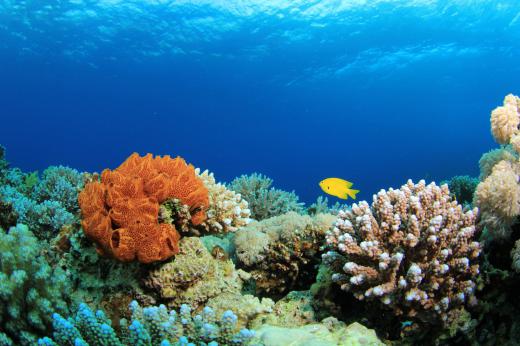
The growth of each coral polyp is relatively slow — a single polyp may increase in diameter by 1 to 3 cm (0.39 to 1.2 in) a year, while growing vertically by 1 to 25 cm (0.4–12 in) a year. The Great Barrier Reef, along with all other reefs, grows on a stable area of continental shelf punctuated by small submarine hills. These keep the coral elevated and give it a base. There is evidence that some of the skeletal material in the current reef dates back as far as 600,000 years, though the current living reef structure is thought to be 6,000 to 8,000 years old, making it one of the world's oldest organisms if considered as a whole.
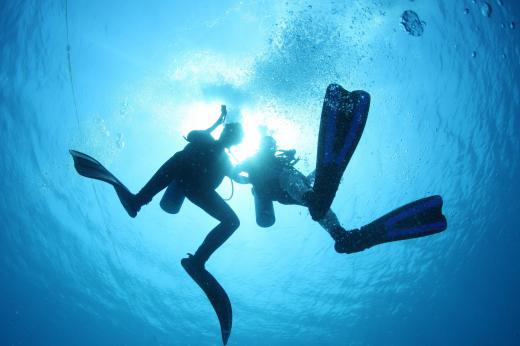
Corals require tropical levels of warmth to grow. For this reason, it is thought that coral growth did not commence around the area until around 25 million years ago, when Australia moved into tropical waters. Since then, growth has been punctuated by changes in ambient temperature and sea level. During the Last Glacial Maximum, when sea levels were 200-400 feet lower than today, many portions of the site of the current Great Barrier Reef would have been above water or very shallow. Unlike some other reef systems, the Great Barrier Reef lacks atolls, making it challenging to study. Although the structure has been known to Australian aborigines and Torres Strait islanders for tens of thousands of years, it wasn't until 1770 that the reef was discovered by James Cook, whose ship sustained massive damage when it ran aground on the reef.
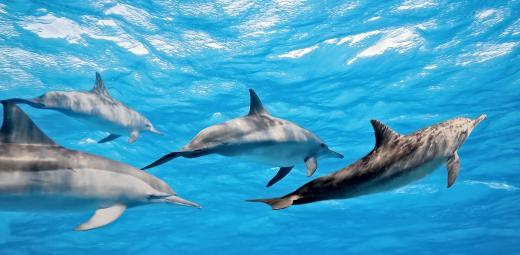
In some places, the reef extends from the surface down to 150 m (490 ft) depth, limited only by a lack of sunlight. The coral polyps are cnidarians, like jellyfish. They use stinging cells, called nematocysts, to catch prey, ranging from plankton to small fish, and to defend themselves against predators like starfish. These nematocysts consist of a sharp poisonous barb that can fire at a target in as little as 600 nanoseconds, reaching an acceleration of around five million G's.
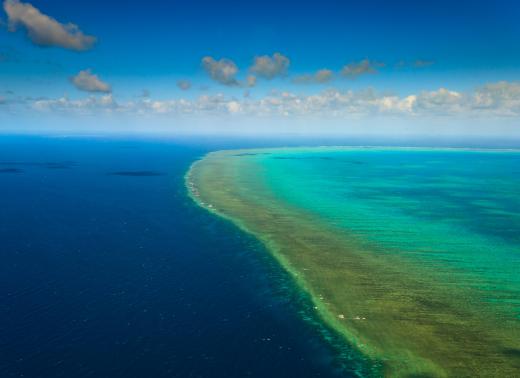
Corals, such as those that make up the Great Barrier Reef, have a close symbiotic relationship with algae of the genus Symbiodinium. These algae live directly on the surface of coral polyps, getting safety in exchange for food they provide to the coral through photosynthesis. Many corals get their distinct beautiful color from the algae that inhabit them. Occasionally, due to stress from the algae, corals eject their symbiotic partner, resulting in temporary loss of coloration. When this process occurs on a wide scale, it is called coral bleaching, because of the loss of color that accompanies it. Mass coral bleaching has occurred in the summers of 1998, 2002 and 2006, due to increasing water temperatures from global warming.
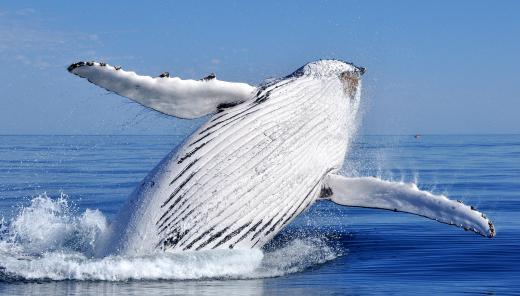
Numerous species make their home in the reef, including thirty species of whales, dolphins, and porpoises, six species of sea turtle, 125 species of shark, stingray, skates or chimera, 215 species of birds, 17 species of sea snakes, 1,500 species of fish, and more than 400 species of corals. Some of these species are endemic to the Great Barrier Reef, being found nowhere else. The great biodiversity found on the reef has made parts of it popular diving spots, visited by the greatest underwater photographers in the world. Divers sometimes wear special protective suits to guard them from dangerous jellyfish in the area.
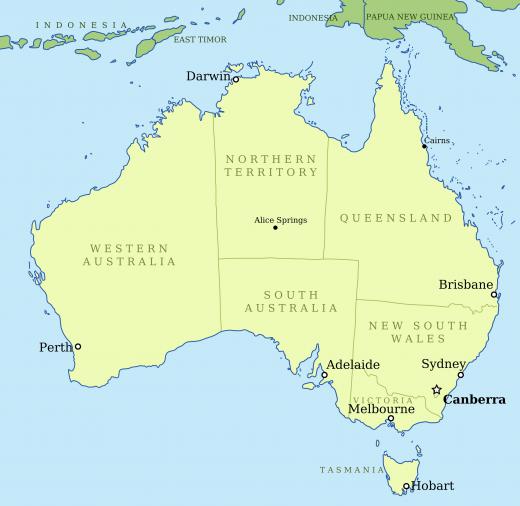
The Great Barrier Reef has been called one of the seven natural wonders of the world. It is its own ecosystem, a biologically active place where thousands of plant and animal species live in coexistence, flittering in and out of the complex structures created by the coral polyps. It is hard to think of an underwater ecosystem as diverse in its species or as fantastic in appearance as the Great Barrier Reef. Coral reefs have existed intermittently in subtropical and tropical waters for hundreds of millions of years.
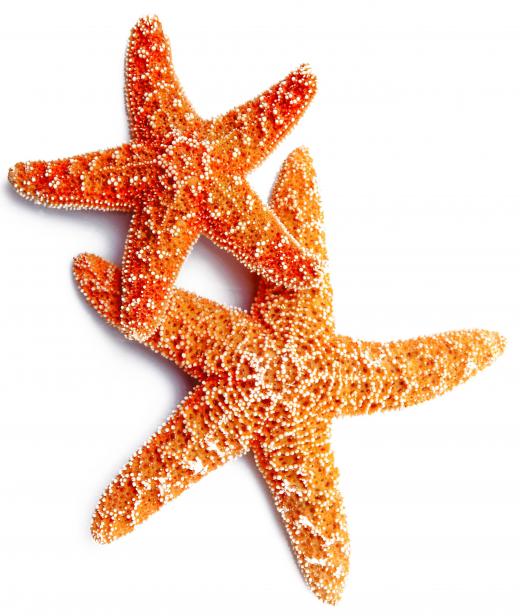
Currently, the reef is threatened by climate change, tourism, water pollution, and overfishing of keystone species like the Giant Triton mollusk. Warmer temperatures disrupt the precious balance between the corals and their symbiotic algae, causing mass bleaching events to occur much more frequently than the would otherwise. Agricultural fertilizer runoff from Australian farms causes algal blooms, which suck up nutrients and leave little remaining for the living coral reef and the animals that inhabit it. Overfishing of keystone species causes coral predators like the crown-of-thorns starfish to reproduce too quickly, then go on to eat far more of the living coral than they could in past decades. Preserving the Great Barrier Reef for the Earth and future generations will require careful environmental stewardship and conservation.
AS FEATURED ON:
AS FEATURED ON:


















Discussion Comments
I'd like to see more about the keystone species.
Post your comments